Unlocking Performance: Introducing Perch’s New Performance Scores

The weight room is full of data. Bar speed, volume, load, power output, every rep tells a story. But as the world races toward more and more data, coaches are often left with endless metrics and no clear answers. The result is noise instead of clarity.
Despite the wealth of information, it’s still difficult to answer the most important questions in a timely and efficient manner:
- Are my athletes actually improving?
- Who needs more attention?
- Who is ready to perform?
- How does athlete X compare to athlete Y?
- Is my program having the right impact?
Answering these questions can take too long, or worse, never happen at all.
That’s why we built Perch Performance Scores, to turn complexity into clarity.
These new metrics cut through the noise and provide instant insight. Total Performance, Strength, and Speed Scores give coaches a high-resolution view of progress, adaptation, and readiness. With them, you can train with more precision, intervene earlier, and unlock the full potential of every athlete, every session.
These are more than just numbers. They are tools designed to empower coaches to make smarter, faster decisions and drive better outcomes on and off the field.
The Load Velocity Profile: A Powerful, But Complicated Foundation
Velocity-based training has revolutionized the way we assess athlete development. At the center is the Load Velocity (LV) profile, a curve that maps how fast an athlete moves various weights, capturing both strength and speed capabilities.
As the curve shifts up and to the right, it shows that your athletes can either move the same loads faster or handle heavier loads at the same speed, both indicators of improved performance.

But while powerful, LV curves are complex. What coaches need is a way to translate this curve into simple, reliable numbers, metrics that make it easy to track progress, benchmark performance, and identify training needs without diving into data every day.
Meet the Scores
Perch Performance Scores help you identify and track how athletes are adapting to training. Derived directly from Load Velocity (LV) profiles, these scores are available for every exercise Perch tracks. And because Perch computes these LV curves automatically, there is no special testing required.
With three distinct metrics to analyze, you can monitor speed, strength, and overall athletic development over time and gain clear insight into how your program is impacting athlete performance in the weight room.
Strength Score
Strength score represents an athlete's general overall strength. It is a normalized measurement (z-score) of where the athlete's Load Velocity Profile meets the X axis, similar to an estimated one rep max. The higher the strength score relative to others in their group, the stronger they are in their population.
Speed Score
Speed score represents an athlete's explosiveness. It is a normalized measurement (z-score) of where the athlete's Load Velocity Profile meets the Y axis, also known as the X-zero or the unloaded max velocity. The higher the speed score relative to others in their group, the more explosive they are in their population.
Total Performance Score (TPS)
Total performance score represents an athlete's overall ability, determined by equally weighting Strength and Speed Scores. As the athlete's profile shifts up and to the right, the Total Performance Score will increase, indicating an improvement in both speed and strength.
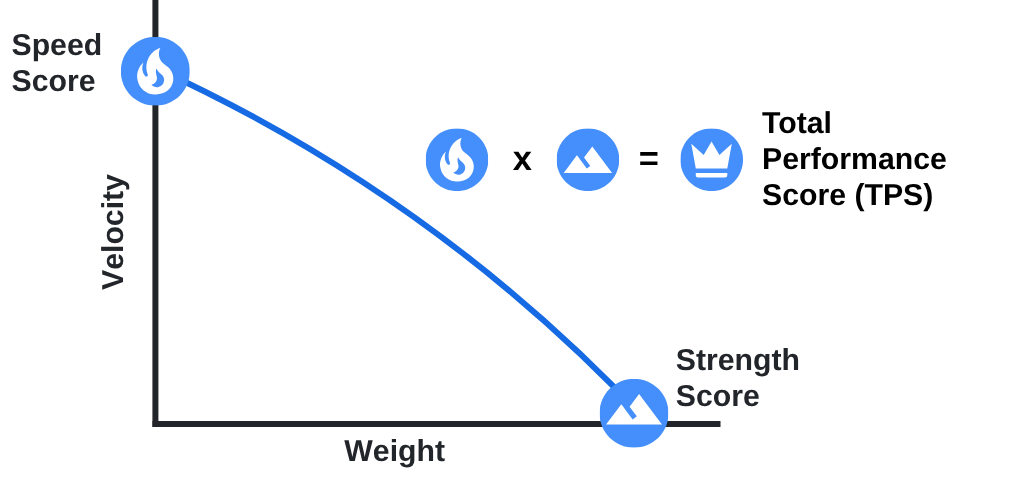
These scores are especially valuable for profiling athletes over time, comparing them to peers in similar positions or age groups, and monitoring individual development.
Take the example below, as each athlete’s Load Velocity curve shifts, it becomes difficult to intuitively determine whether they are load- or speed-deficient, how they compare to their peer group, or how their performance is evolving. Performance Scores solve this by converting those complex curves into simple, comparable numbers, making it far easier to identify trends, detect outliers, target interventions effectively, and compare athletes to one another.
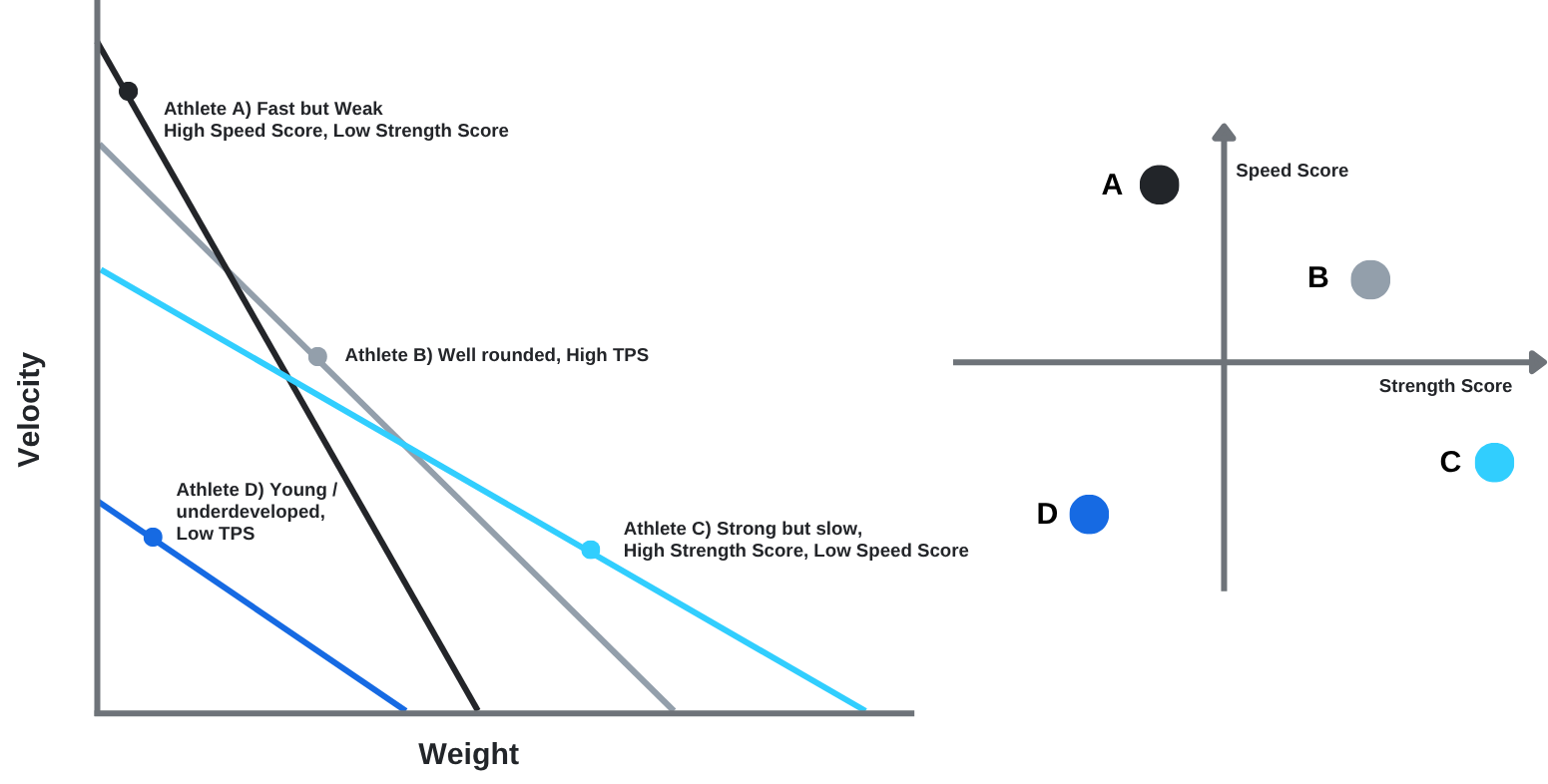
Real-World Use and Benefits
With Performance Scores, you can:
View team level performance and trends at a glance.
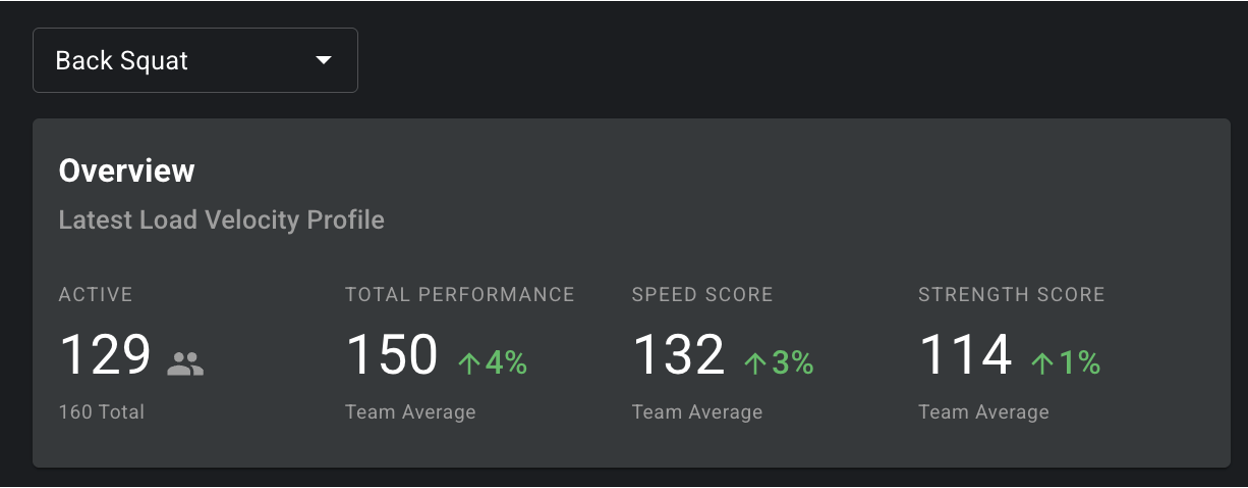
Quickly Visualize multiples athletes’s performance over time and spot who is improving or declining
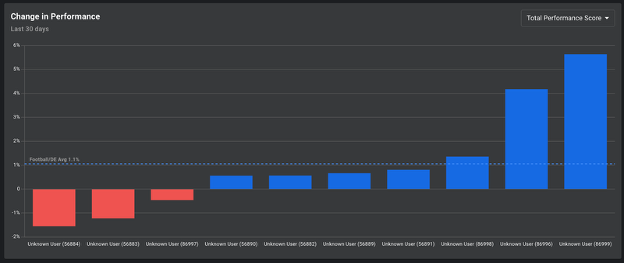
Benchmark athletes across teams, positions, or training phases, determining how they may be deficient relative to peers and where you need to focus future program design.
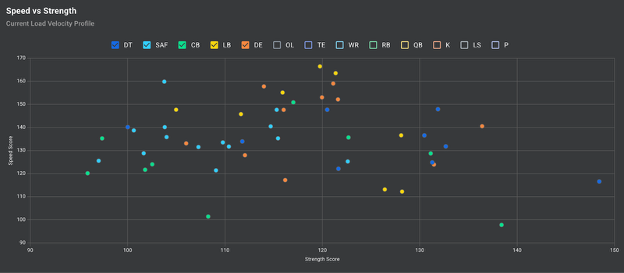
And so much more.
What’s Next
You can start exploring these metrics today inside the Team Exercise Dashboard. Examples of visuals from this dashboard are shared above.
And this is just the beginning. In the months ahead, we will be rolling out deeper benchmarking capabilities, more position-specific insights, and new layers of intelligence to help you fine-tune every aspect of your program.
Ready to dive in?
Log in to your dashboard and see how your athletes stack up. Have questions or want to go deeper? Reach out, we are here to help.

Start Gathering Data With Perch Today!
Reach out to us to speak with a representative and get started using Perch in your facility.


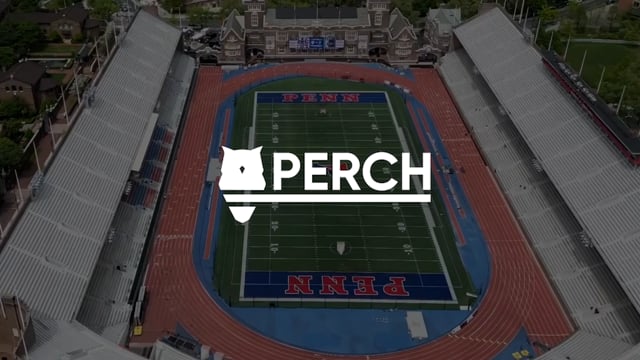







































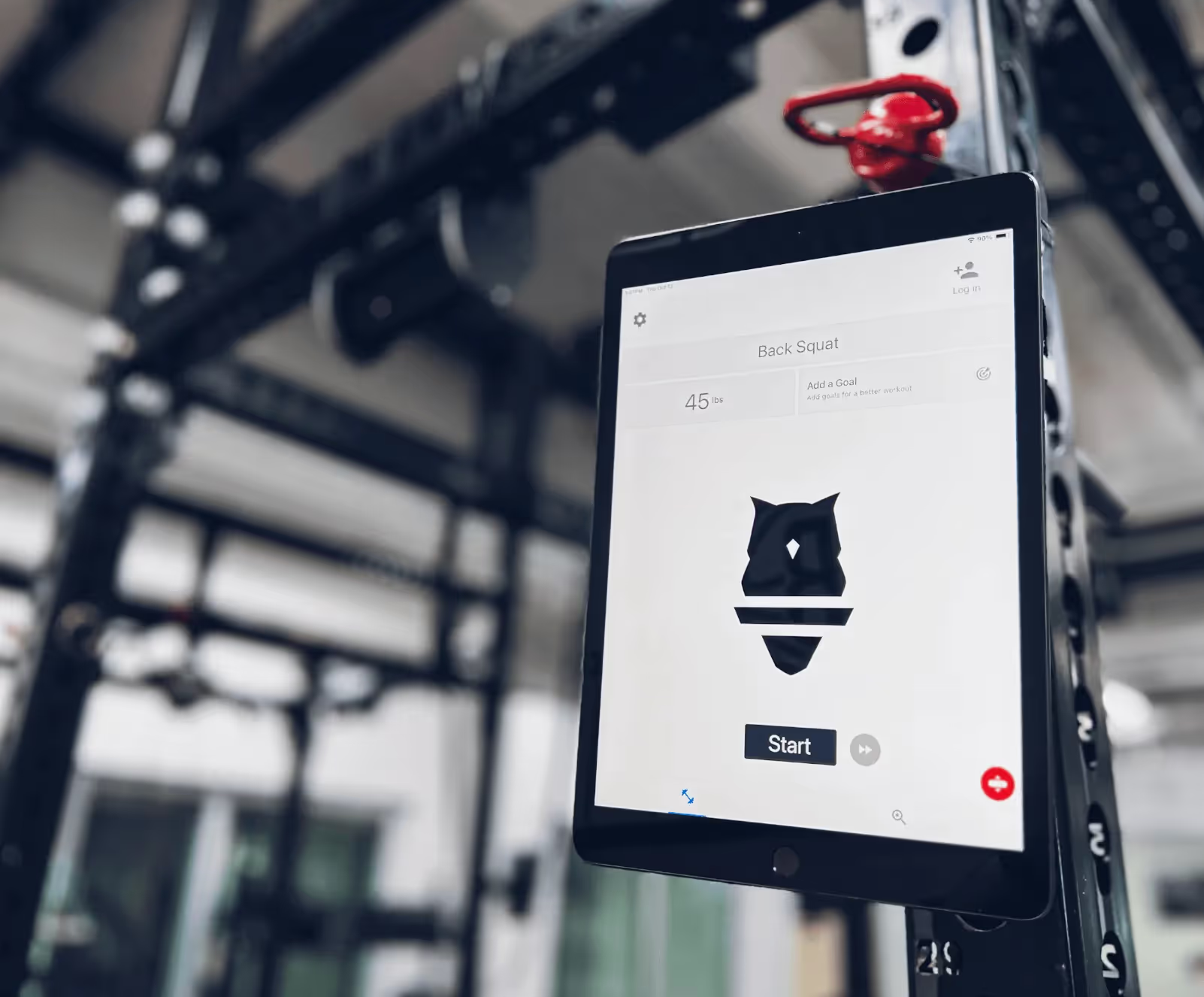



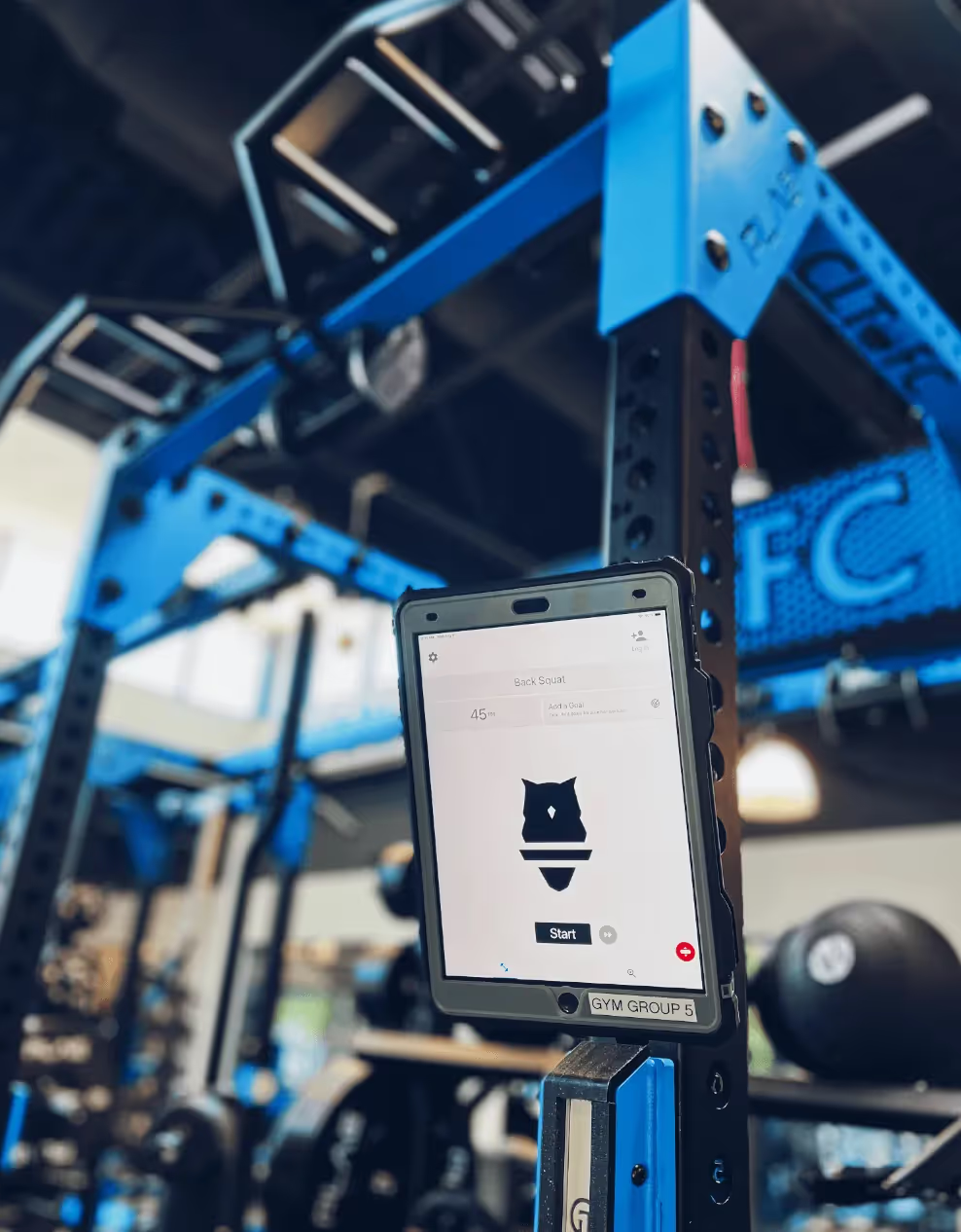
















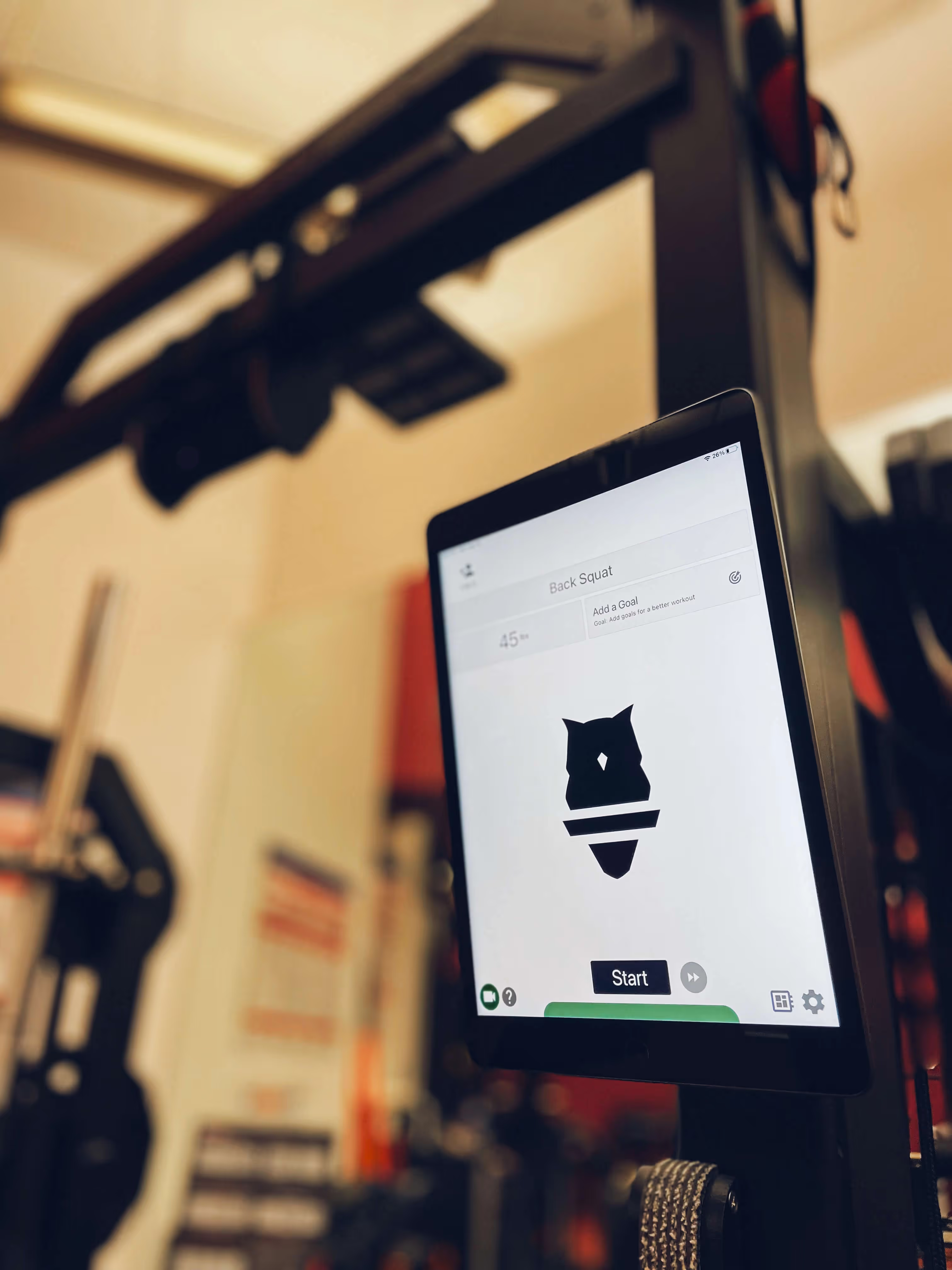








.avif)

































